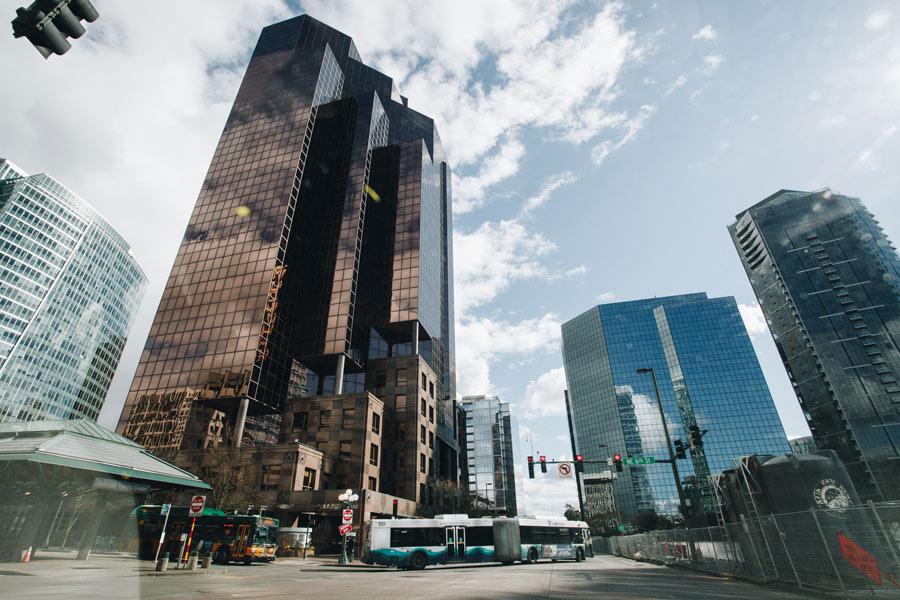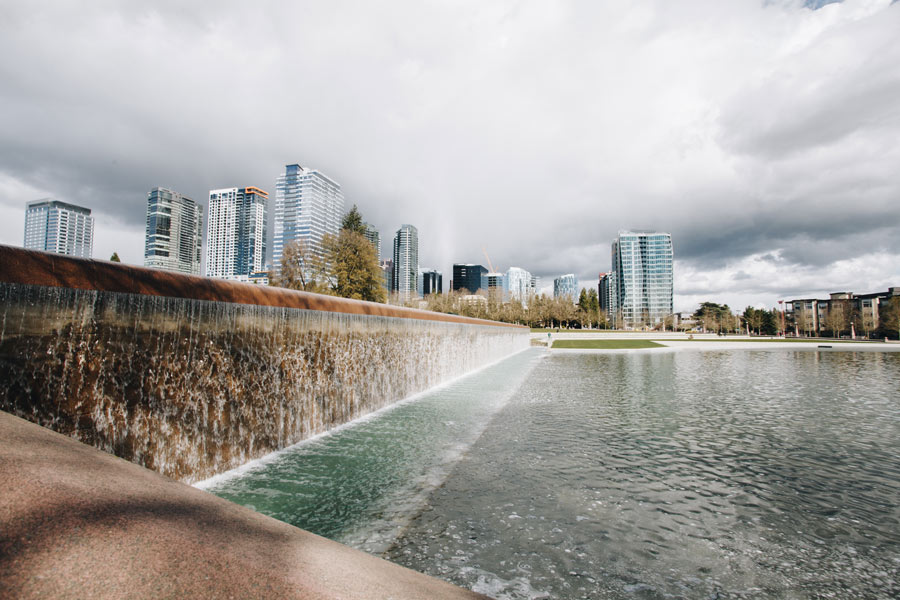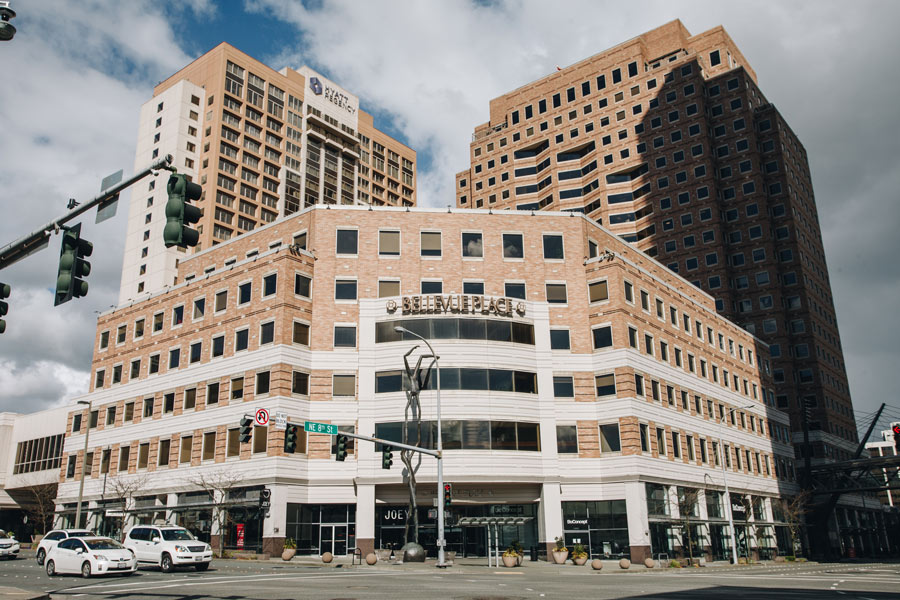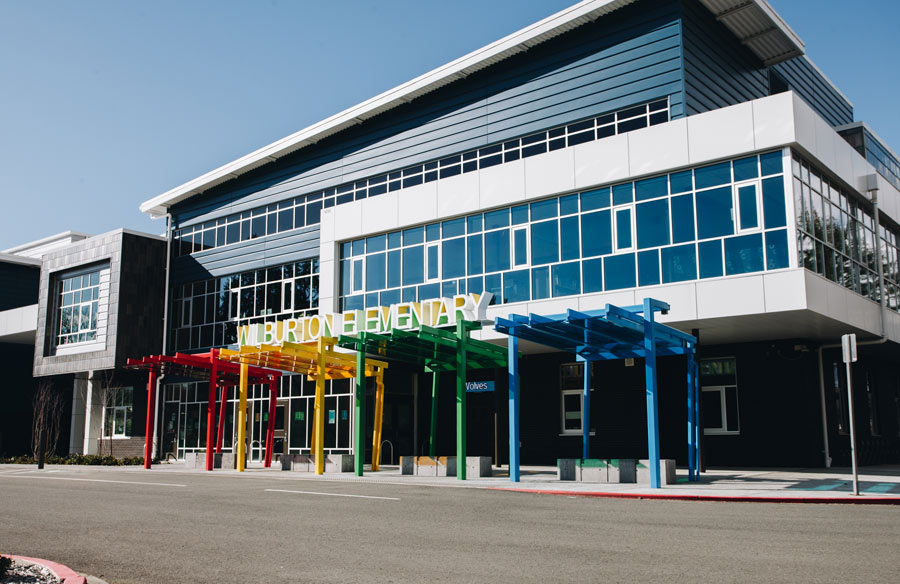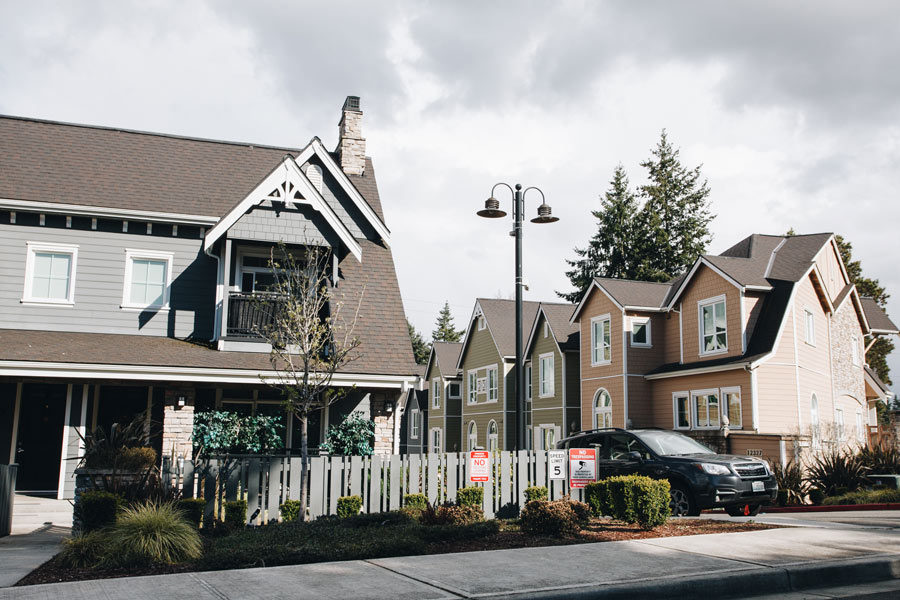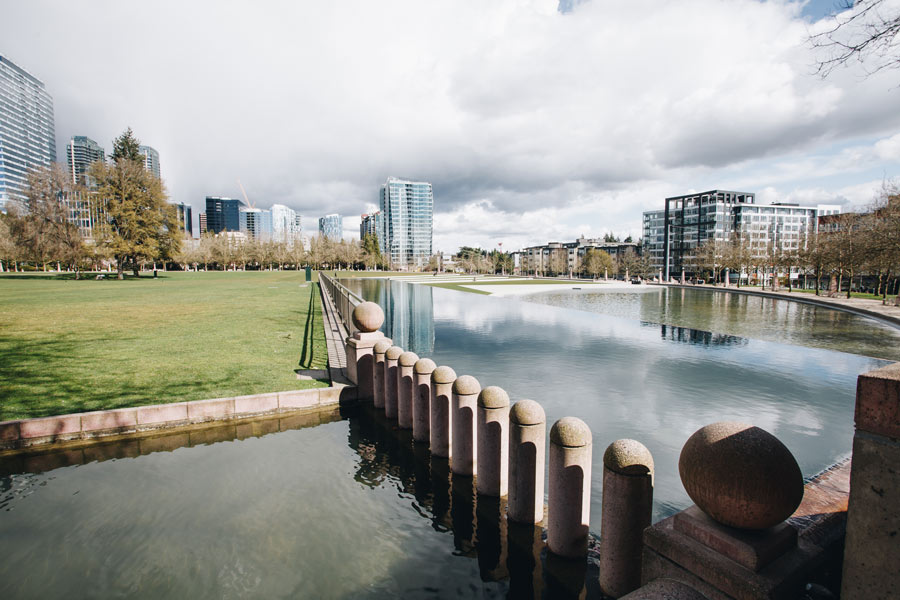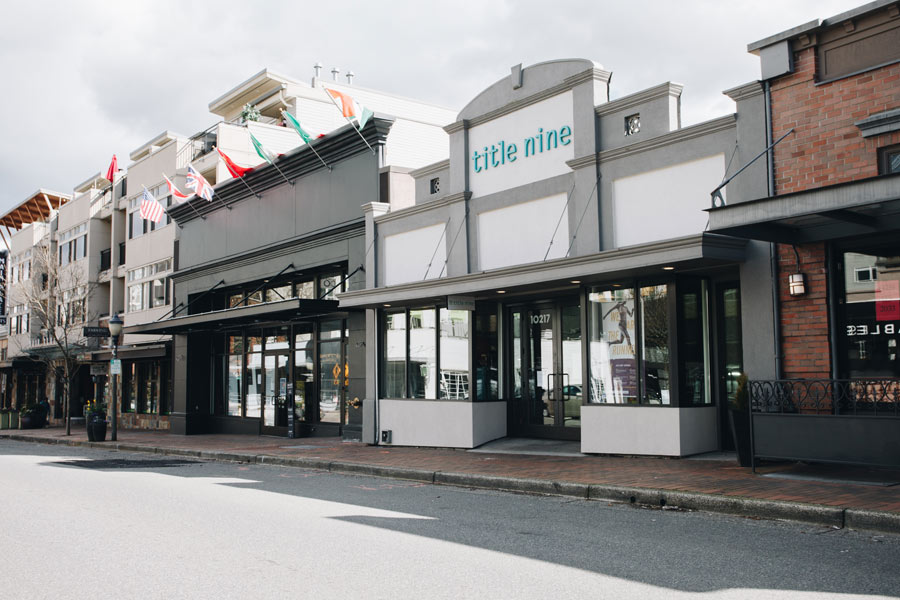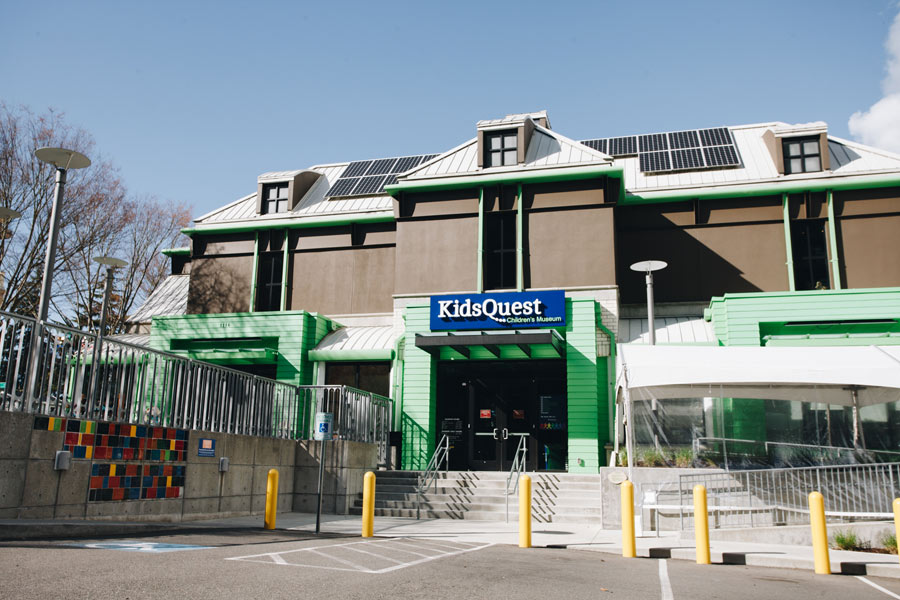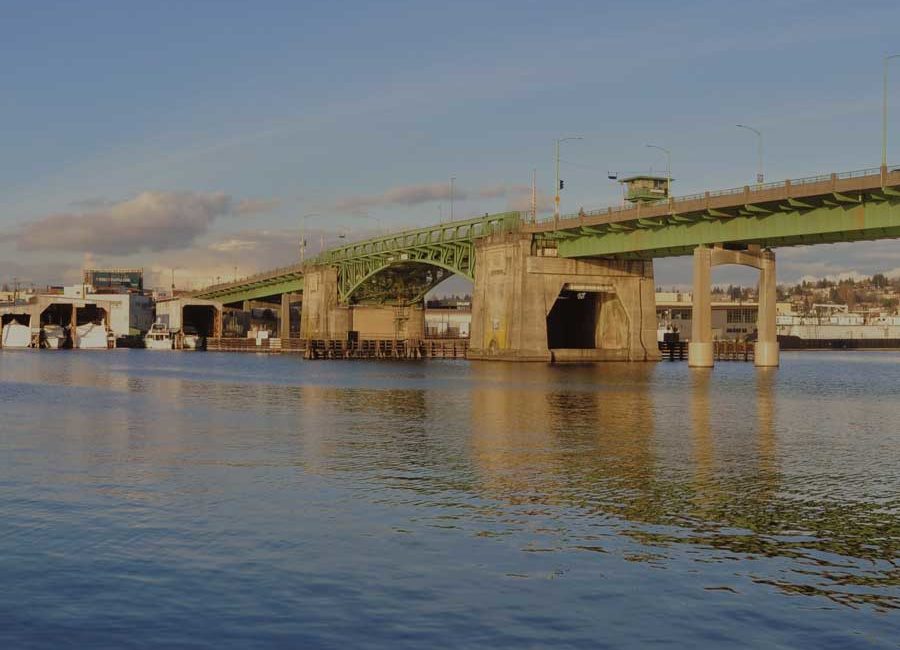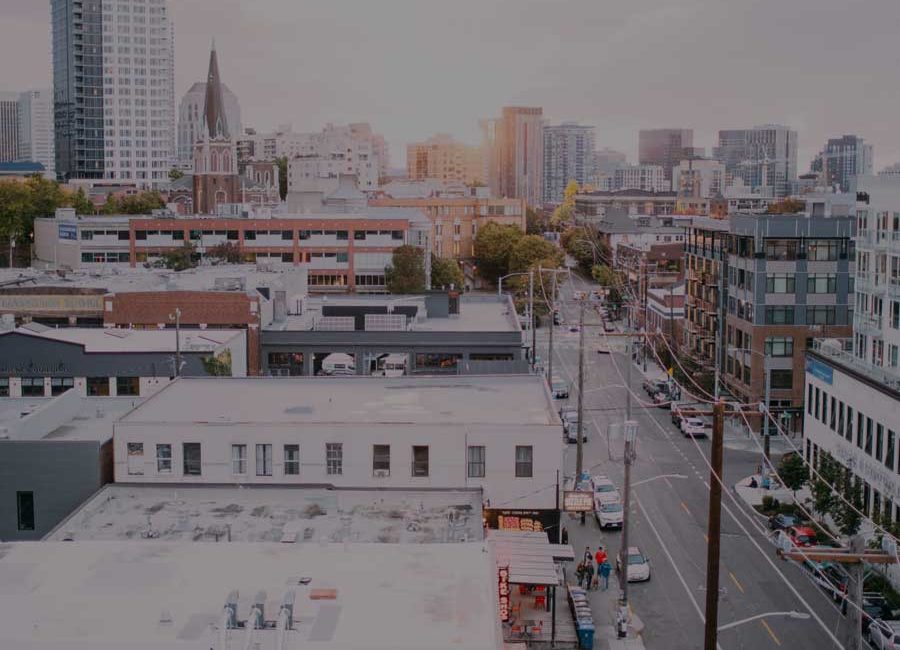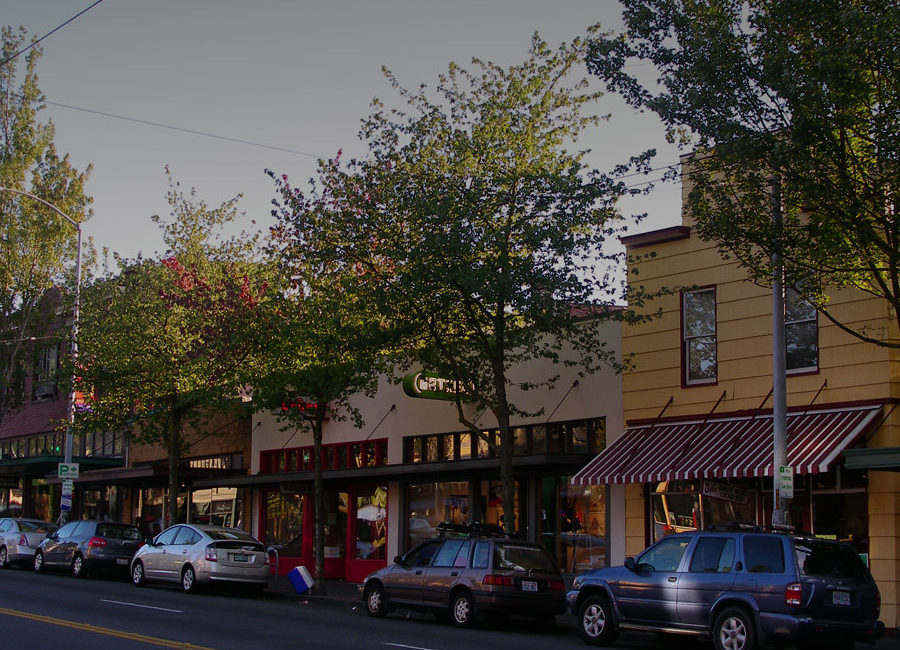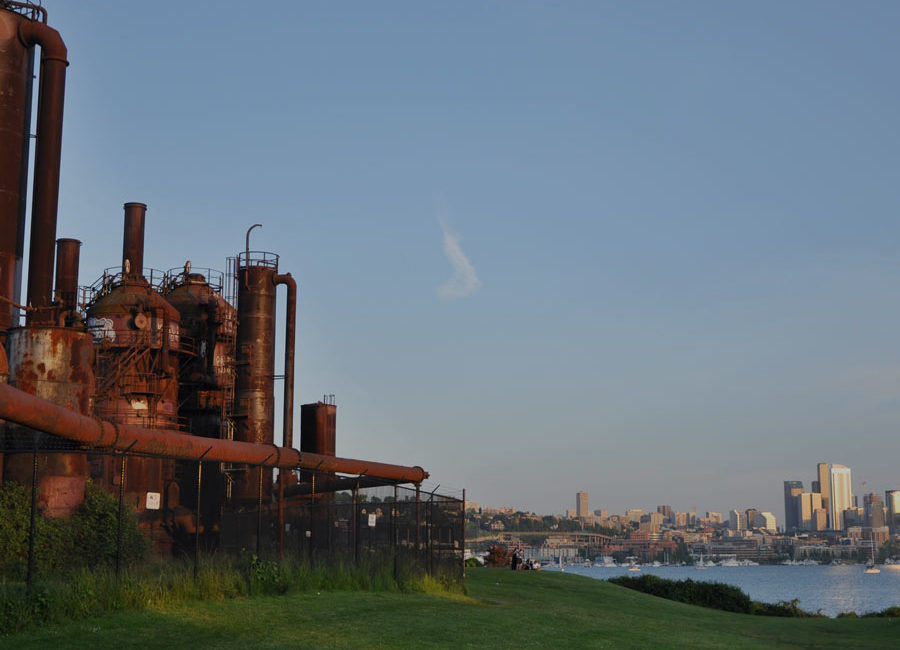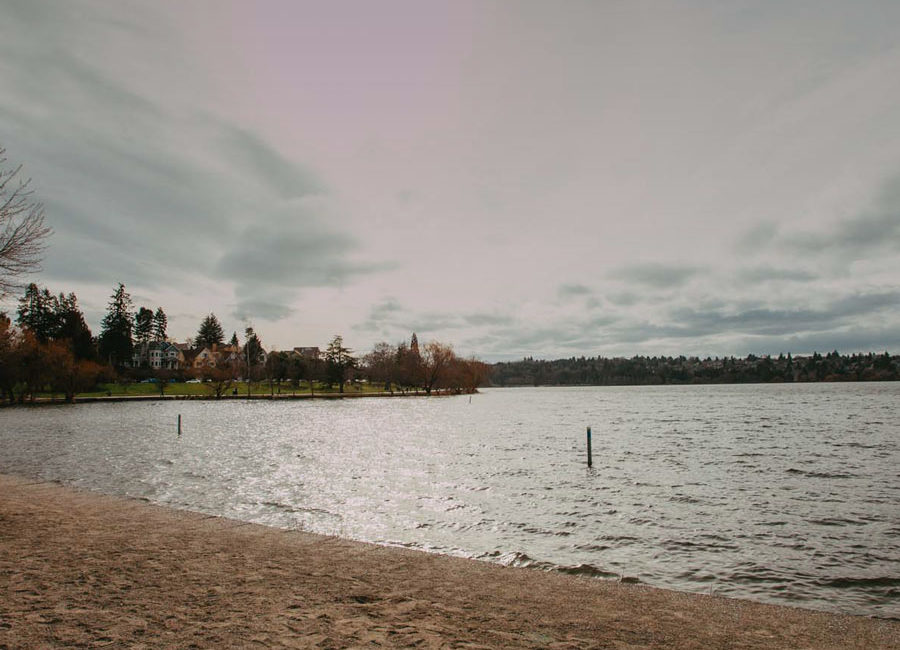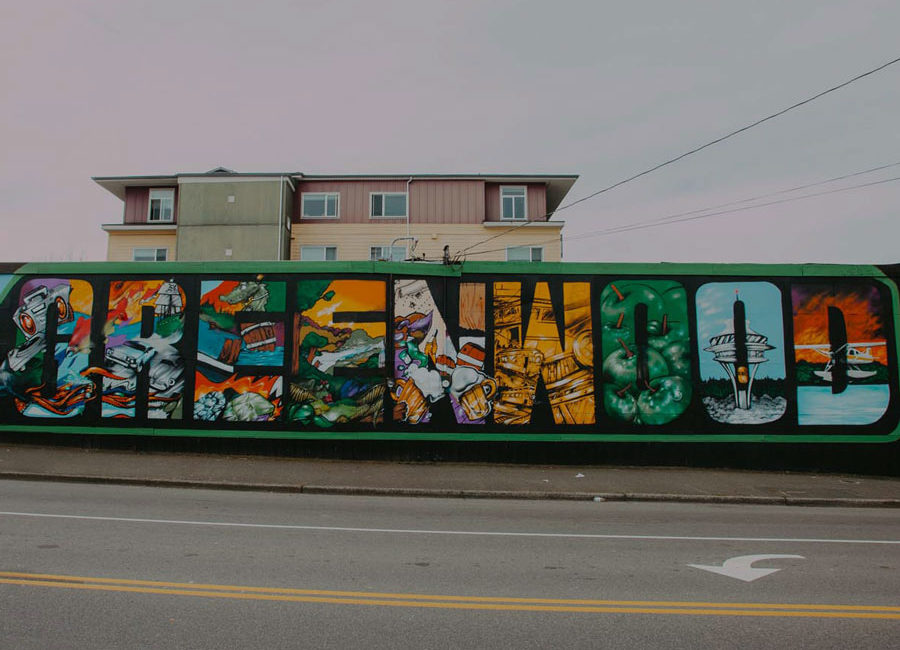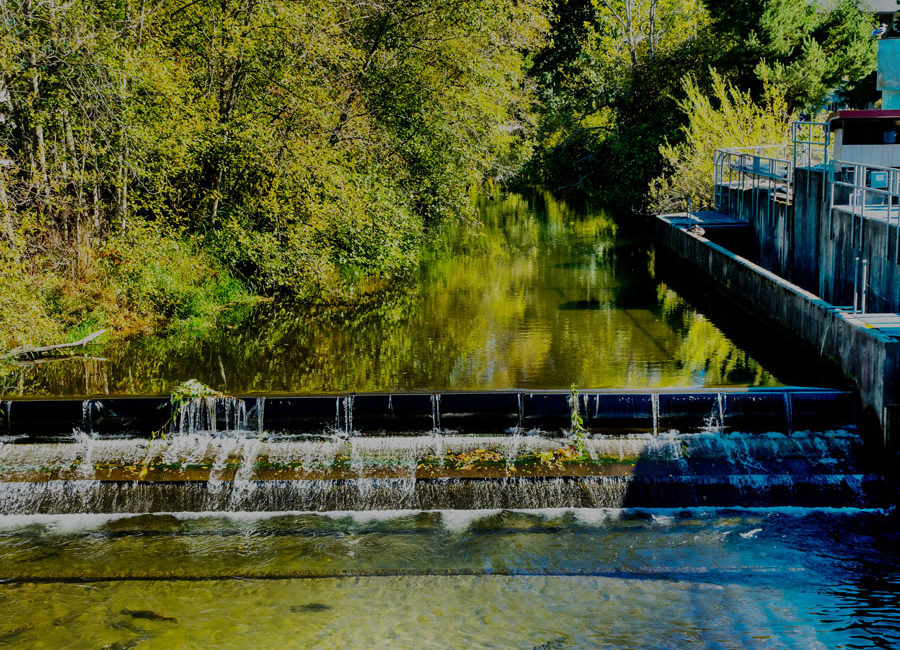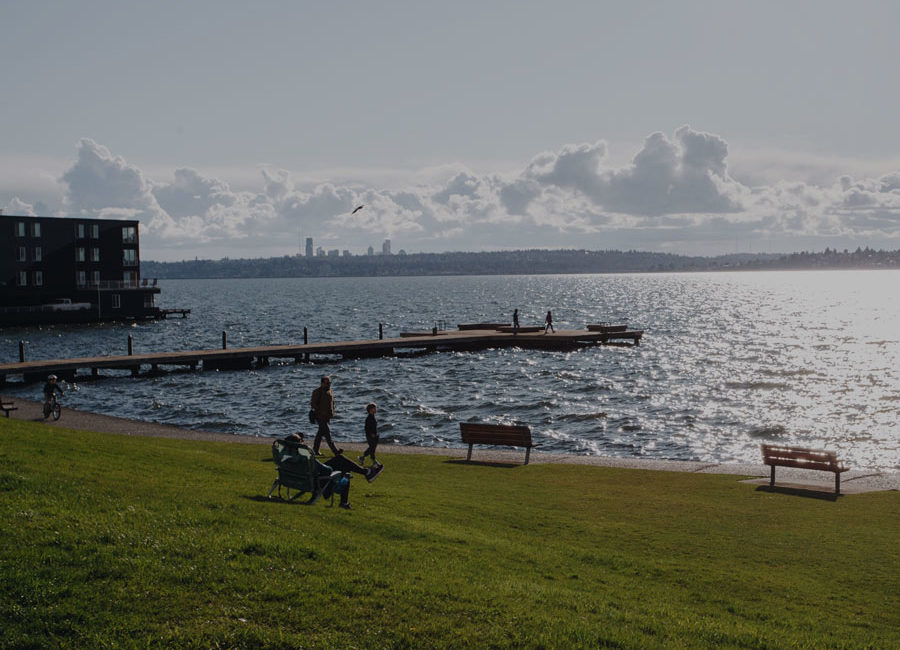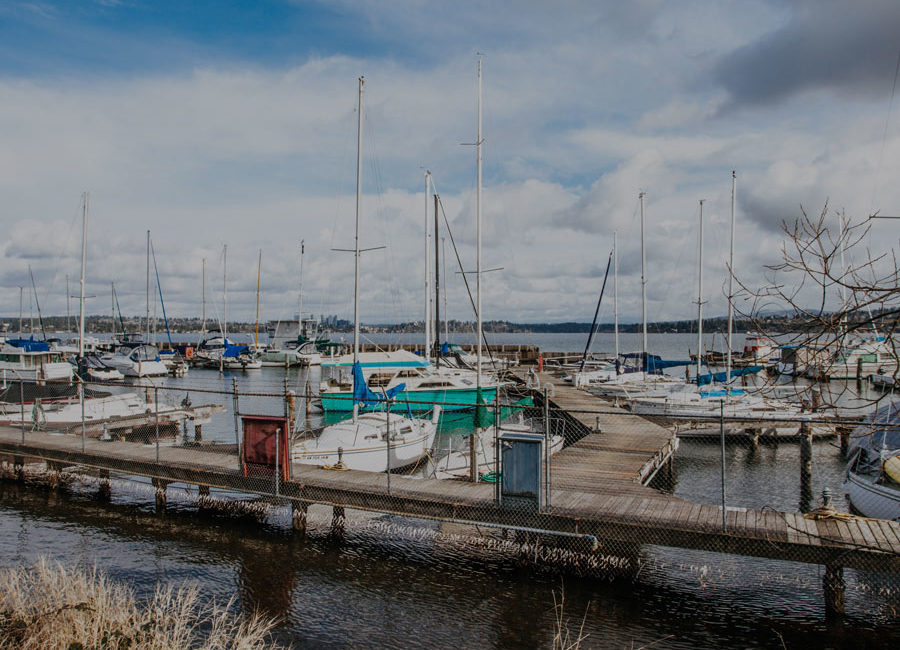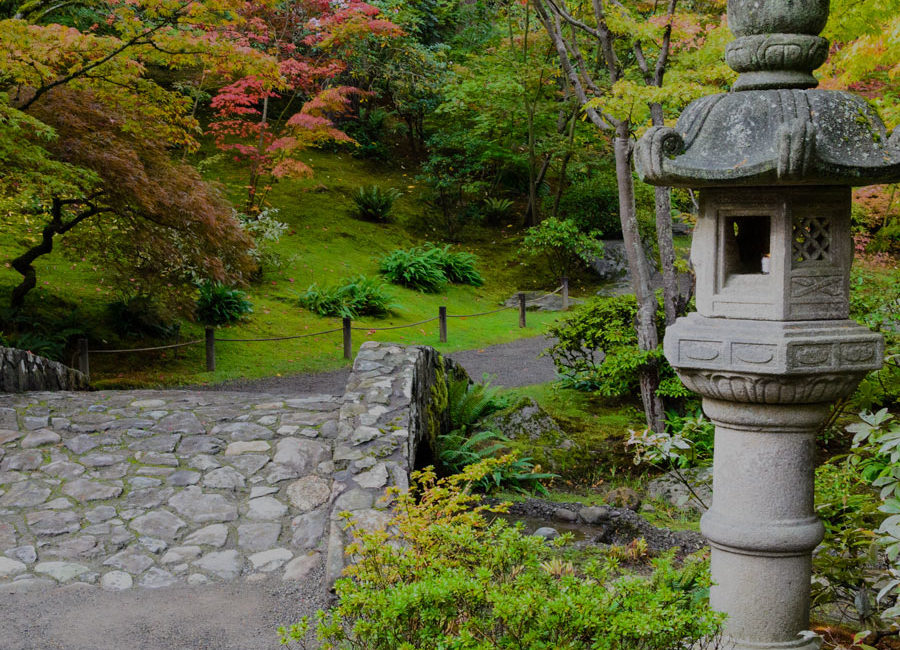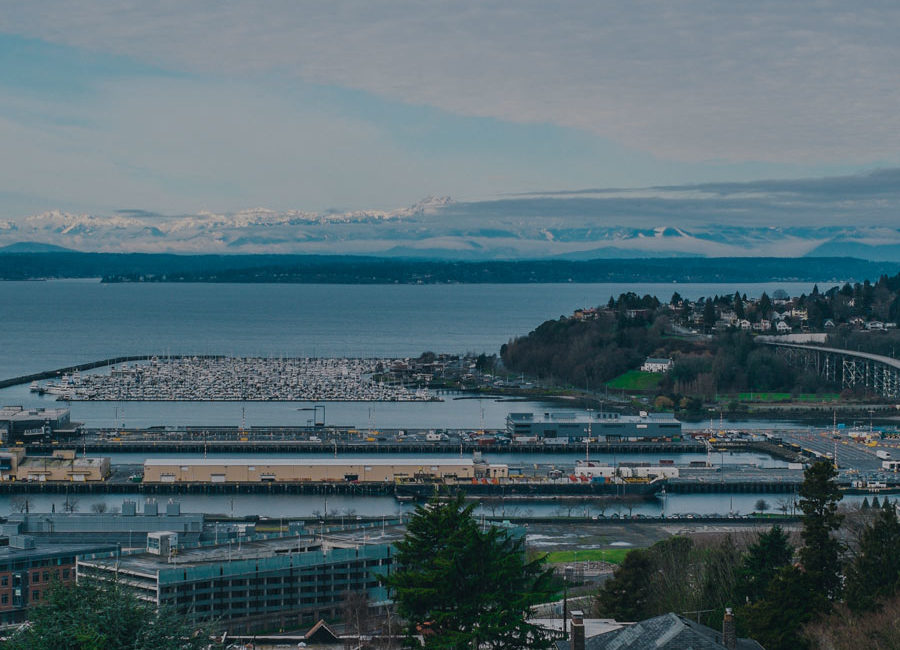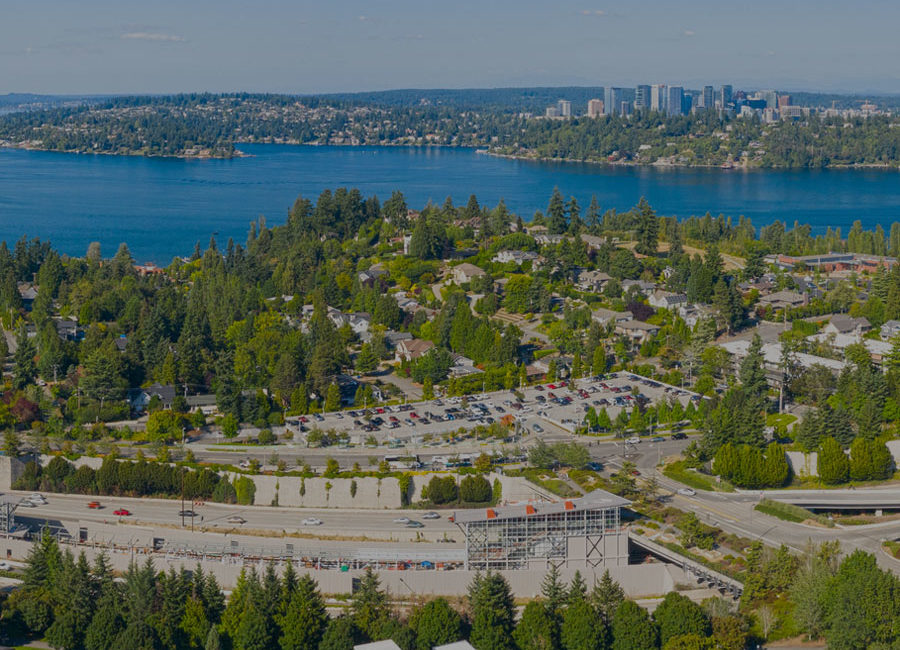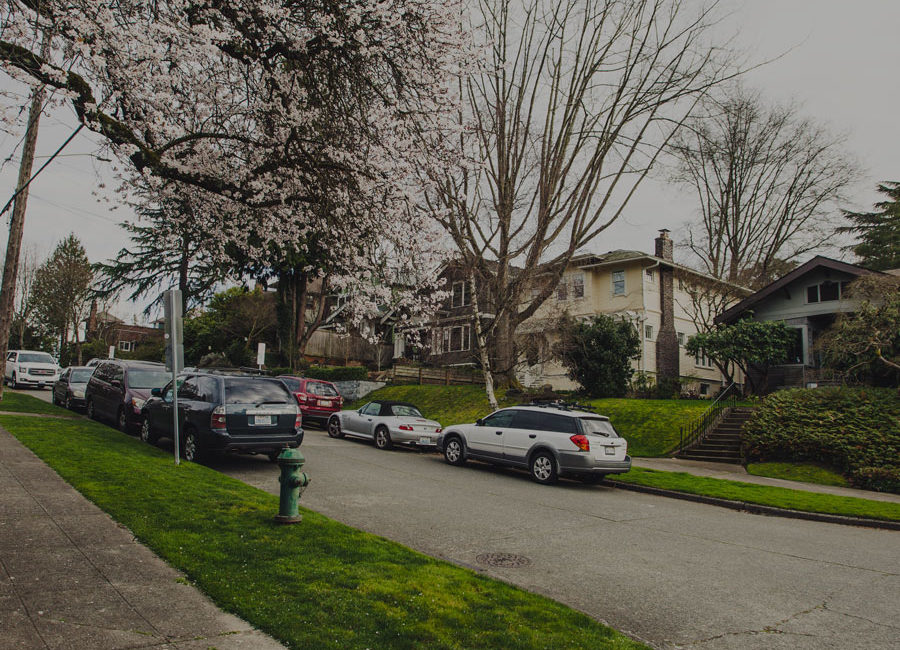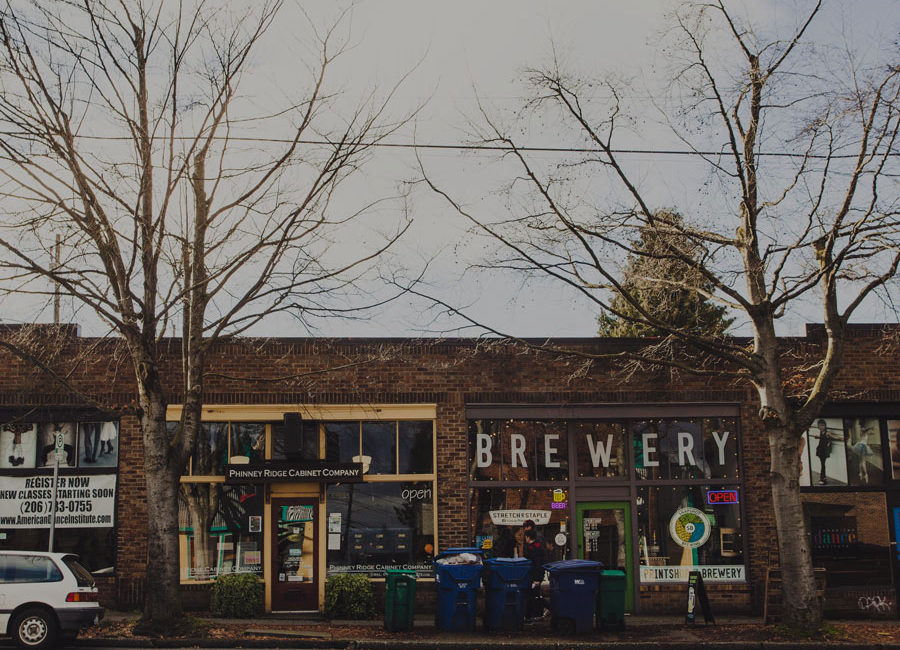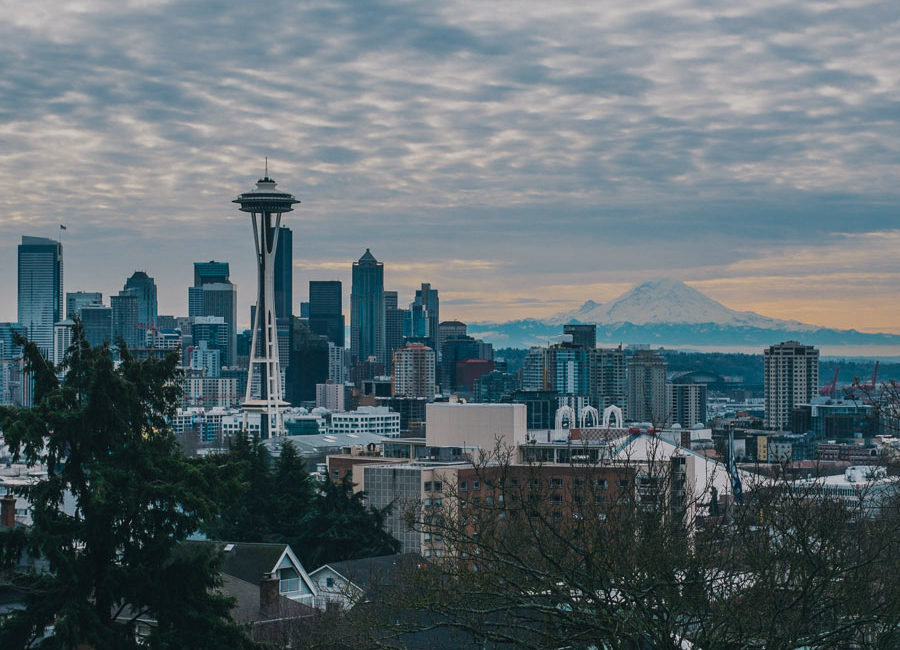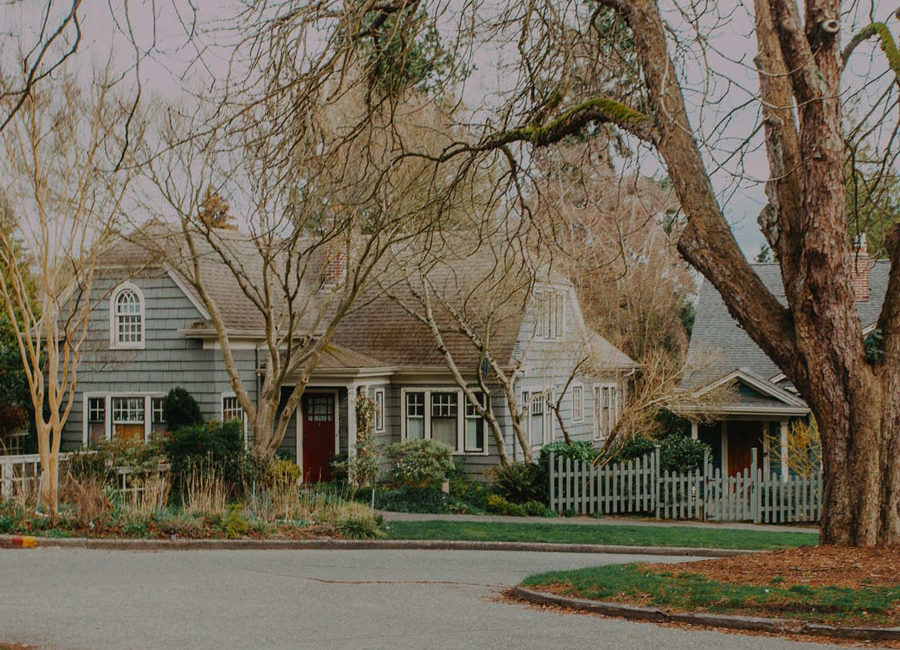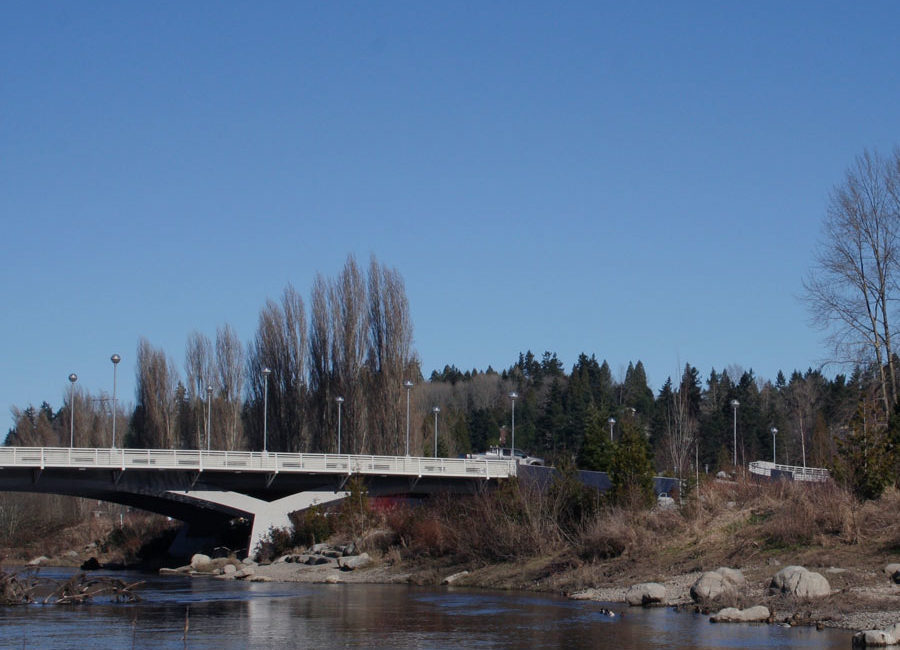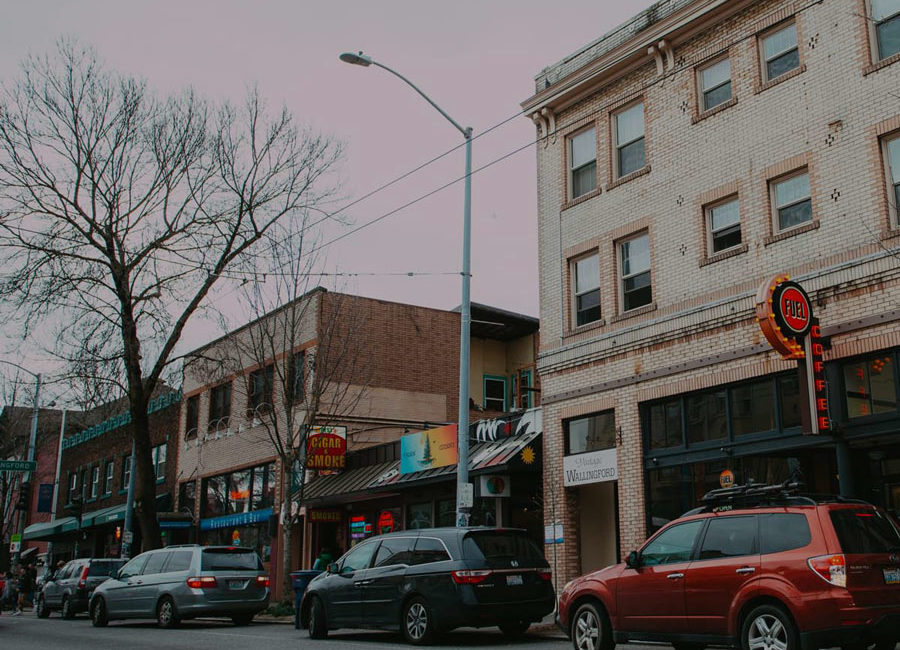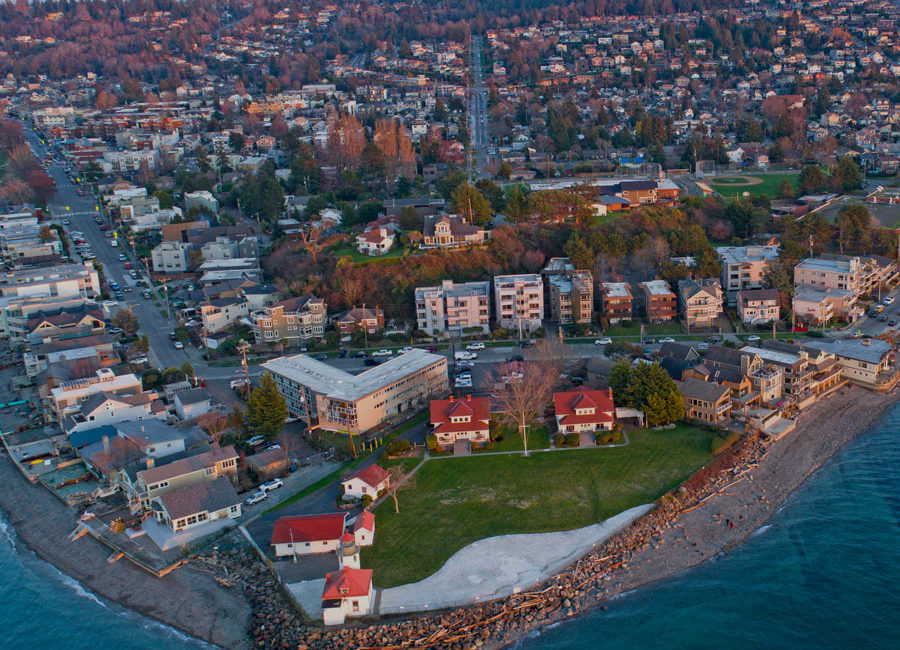Guide to the Eastside:
Bellevue
Bellevue, Washington is located just east of Seattle. It’s nestled between two lakes, Lake Washington to the west and Lake Sammamish to the east, with Kirkland and Redmond to the north and Newcastle to the south. The city has several central shopping and business areas, including downtown, Crossroads, and Factoria. Between these, there are hundreds of beautiful neighborhoods and communities for comfortable suburban living.
2019 Data at a Glance
Average Home Price:
$943,784
Average Rent:
$2,800/month
Home Price Trend:
-1.0%
Walk Score (1-100):
40
Number of Parks:
20
Pros of Living in Bellevue
Bellevue is a rapidly growing and attractive place to live in many ways. The city is home to lots of parks and green spaces, such as the Bellevue Botanical Gardens with its display gardens, wetlands, woodlands, and meadows. There are about 20 parks throughout the city of Bellevue, including the central Bellevue Downtown Park, a 20-acre area with trees, a large central green space encircled with a walking path and a moat, a playground, a rose garden, and some paved trails. During the summer, kayakers and canoers enjoy outdoor recreation on the Mercer Slough, where there is also some excellent blueberry picking.
In addition to the more nature-centric spaces, the city is home to some world-class shopping, with middle- to high-end stores downtown at the Bellevue Collection. There are lots of restaurants, with everything from fast food and classic American fare to ethnic eateries (including lots of Asian food) and luxury dining experiences. The downtown area is very clean, and most of the buildings there are new.
Surrounding the downtown area, there are hundreds of quiet neighborhoods and small suburban communities with nice homes on mid-sized lots, which are perfect for families. Some areas, such as the Summit and Somerset, have a higher elevation and therefore some amazing views of Lake Washington and the Cascade Mountains. Bellevue has some of the best schools (K-12) in Washington state, and lots of activities for kids of all ages.
Bellevue is very close to Seattle, making it an ideal suburban location for people who work in Seattle but prefer to commute outside the city in order to have larger homes with more space for their money.
With the growth of tech businesses in and around Bellevue, the city has drawn a very racially and culturally diverse mix of residents. Many have emigrated from all over the Asian continent to come work here as employees or contractors of Microsoft and other tech businesses in the greater Seattle area. In general, Bellevue has a really good employment center and is an ideal place to find work.
Cons of Living in Ballard
The rapidly growing city and increased attraction of living in Bellevue is steadily pushing home values up. Owning a home may be cost-prohibitive for some, since housing is pretty expensive. A lot of the people who live in Bellevue have higher-paying jobs and can afford the high-value homes as well as a couple of luxury cars (many of which can be seen driving the city’s streets). But there are more affordable options and neighborhoods for families with a smaller housing and transportation budget.
Living in Bellevue makes having a car almost essential. The bus lines and public transportation are suitable and even pretty good in the downtown area, but getting to Seattle or other areas of the city can be challenging and/or time-consuming.
Shopping is a big part of Bellevue’s economy, but some have complained that it feels generic since there are not many Mom-and-Pop type stores. As a result, a lot of the stores are high-end brand name stores, and the attitude can feel a little bit materialistic.
History of Bellevue, Washington
Bellevue was not incorporated until 1953, which was more than 100 years after the Denny party landed on Alki Point in Seattle. However, the city has experienced major growth in recent decades and has become a central hub for business and commerce (including a major shopping area) that may one day rival Seattle.
Homesteaders William Meydenbauer and Aaron Mercer were the first to start farms and build homes in Bellevue, and arrived here in 1869. But the two didn’t stay long, and after their land achieved a profit, they moved on and only their names denote their original claims — Meydenbauer Bay and the Mercer Slough.
The downtown area of Bellevue was settled by Isaac Bechtel Sr. in 1882. His family logged the land and soon drew other settlers, so that by the early 1890s, the area had several farms, shingle mills, a sawmill, a school, and a handful of businesses. By 1900, there were 400 residents of the area that would become Bellevue, according to the census that year. It was becoming a central area for growing and harvesting berries.
Bellevue was named by its first postmaster, Mathew S. Sharpe. Bellevue translates as “beautiful view” in French, and it was also the name of Sharpe’s native Indiana town. With gorgeous views of the Cascade Mountains and Lake Washington, Sharpe found the name fitting.
A couple of years later, in 1904, Bellevue was platted. In 1908, the Beaux Arts community was formed as a proposed artists’ colony. Although the project never came to fruition, some of the old homes from this period still remain.
By 1910, the population in Bellevue had more than tripled, to almost 1,500 residents. Many of these settlers worked for the Hewitt Lumber Company of Tacoma, which employed hundreds of men to log the area between Wilburton, Lake Sammamish, and Kennydale, floating the wood through the Mercer Slough.
At the time, Bellevue was accessed by way of ferry boats, which transported people and supplies across Lake Washington from Seattle. But in 1917, the Lake Washington Ship Canal was opened, clearing access to the Puget Sound and myriad other shipping opportunities. However, farming remained the most productive industry. Many early farmers were Japanese, until the 1920s, when anti-alien legislation that prohibited them from leasing land caused them to leave. Most who stayed lost their land during World War II, when they were forced into internment camps.
Until the city’s incorporation, it stayed pretty rural. Bellevue had a popular Strawberry Festival each year that attracted more people to the rustic locale. In 1939, though, construction began on the first bridge across Lake Washington, triggering the town’s transformation into a suburb. After World War II, more and more people began moving to the burgeoning country area known as Bellevue.
When Bellevue incorporated in 1953, city planners got right to work setting up infrastructure for the thriving city they expected it to become, requiring plenty of parking and up to six lanes on some streets, which was quite unusual at the time. Just two years later, in 1955, Look magazine and the National Municipal League named Bellevue the All-America City of the year.
When Kemper Freeman opened the shopping mall Bellevue Square in 1946, the downtown area began unprecedented growth that has not slowed, even today. The mall underwent significant expansion in the 1980s and again in the 2010s, adding more square footage across Bellevue Way S.E. at Lincoln Square.
A second bridge across Lake Washington opened on the northern side of Bellevue in 1963, and with the old bridge to the south, commuters coming from Seattle now had much easier access. It was time to build up, and the central downtown area of Bellevue soon had skyscrapers that could be seen for miles around. Soon, several banks set up corporate headquarters, and Bellevue quickly became one of Washington’s most wealthy cities.
During the 1990s, Microsoft made its home in Redmond and Bellevue, and the surrounding suburban neighborhoods have since become significant hubs for business and technology.
Home Prices in Bellevue
The city of Bellevue is on the east side of Lake Washington, across from Seattle. Some areas have fantastic views of the lake and the beautiful urban hillside neighborhoods on its western shores. Average home prices in Bellevue are currently just under $1 million at $934,784, and values have declined a bit more slowly here than in most Seattle neighborhoods in the past year, by -1.0%. Values are predicted to increase significantly in 2020, around 5.6%. With the average price per square foot in Seattle at $511, Bellevue sits just below it at $476 per square foot (the Seattle-Tacoma-Bellevue Metro average is $286).
The styles of homes in Bellevue have a lot of variety. In some neighborhoods, midcentury homes and split-level designs are common, while modern construction and contemporary designs are more popular in others. You can find lots of Craftsman-style homes, but bungalows are not as common in Bellevue as they are in Seattle neighborhoods.
Condo and apartment building styles range widely as well, with some older complexes built in the 1980s, and others that showcase Bellevue’s rapid modern growth — particularly in the downtown area. The average rent for apartments in Bellevue is $2,800 per month, which is higher than the Seattle-Tacoma-Bellevue Metro median of $2,290. However, two- and three-bedroom apartments are more common than one-bedrooms and studios, and all are reflected in these averages.
Walk Score & Transportation in Bellevue
As a suburban city, Bellevue is quite large. While its city center is fairly walkable, living in the many neighborhoods around it will likely require having a car. The city walk score is 40, with a bike score of 44 and a transit score of 38.
Bellevue has a conveniently located transit center and downtown station, and there’s another Park and Ride in the central I-90 neighborhood of Eastgate. From these locations, as well as from stops throughout the city, there are numerous bus routes to facilitate getting to or from Bellevue and Seattle and other areas around the region.
The RapidRide B line goes from the Bellevue transit center to the one in Redmond, and several other routes go from the Bellevue transit center to transit centers and park and rides in Overlake, Kirkland, Renton, Duvall, Kenmore, Kingsgate, and Woodinville. The Eastgate Park & Ride connects commuters to Crossroads, Overlake, and the Overlake transit center, Somerset, Clyde Hill, and back to the Bellevue transit center. Sound Transit routes also go through Bellevue, with route 532 to Everett, 535 to Lynnwood, 550 to Seattle, 555 to Northgate, and 560 to Seatac Airport and West Seattle.
Unique Gems in Bellevue
With several different neighborhoods and shopping communities, Bellevue offers hundreds of activities and restaurants. Many center around the downtown area, but certainly not all of them. From mid-May through October, there’s a weekly farmers market with small farm vendors, plus live entertainment and plenty of activities for the whole family on Thursdays from 3 to 7 p.m. Another Bellevue favorite is the annual Snowflake Lane experience (free), which happens late November through December, every night at 7 p.m. There are 300 performers, illuminated floats, falling “snow,” and more. Year-round, here are a few other unique gems in Bellevue:
Uwajimaya: This Asian grocery store has been a Bellevue staple for 30 years and also has a location in Seattle. There’s a vast array of produce, meat, seafood, groceries, and gifts. Uwajimaya also has prepared and hot foods at Sadako’s Cafe, fresh sushi and sashimi at Sashimi Island, baked goods at Fuji Bakery, sweet treats at J. Sweets, and delicious loose leaf tea varieties at Oasis Tea Zone — all located inside the vast grocery store.
Kelsey Creek Park and Farm: Since the 1930s, Kelsey Creek has been a picturesque spot to get an authentic farm experience, with animals to visit (including sheep, goats, pigs, ponies, chickens, rabbits, and more), large play fields, a playground, and a picnic area. A visit to Kelsey Creek Park and Farm is completely free, which makes it an excellent and cheap day trip and experience for kids of all ages.
KidsQuest Children’s Museum: For another type of hands-on experience for the family, KidsQuest Children’s Museum offers interactive exploration of all things science, math, art, engineering, and technology. There are lots of exhibits and displays, a treehouse, and other tactile learning and exploratory activities for kids of all ages.
Blazing Bowl: Get a taste of authentic Southeast Asian cuisine at Blazing Bowl, with specialties like Laotian Spicy Beef, Papaya Salad, Tom Yum, and other signature Laotian dishes made with fresh, quality ingredients.
Seastar: Chef John Howie, a Bellevue and Seattle restaurateur and acclaimed chef, is the man behind Seastar, an upscale yet unpretentious seafood and steak eatery in downtown Bellevue. The subtly elegant space and approachable yet inspired menu focuses on fresh seafood, with pastas, steaks, and chicken — all made with the freshest and highest-quality seasonal ingredients. There are also several small and shared plates for sampling these delicious dishes.

